
Oct 1, 2018 | Blog, News
Optimising your videos for Youtube
Did you know that every minute on Youtube there are 2.7 million video views, 400 hours of video uploaded, 139,000 hours of video watched, 92,000 Youtube searches and 700 tweets linking to Youtube? And that after Google, Youtube is the second most used search engine in the world.
Video is a powerful way to connect with your audience, and add a new dimension to your brand. It helps communicate complex messages in an interactive way and can provide a way for potential customers to get to know you.
So if you want to make video part of a key component to your marketing strategy, then having a Youtube channel for your business is a must. Once you set-up your channel, and you’ve produced a few videos, it’s time to get your content seen.
Here are some ways you can optimise your video so that your content is seen on Youtube:
Make the video content powerful.
Of course, everything will be useless if the quality and quantity of video itself is not that good. It should always anchor with the theme you want to portray and all the details should be parallel to one another.
Never forget the title and tags.
To your target audience has a chance to watch your video then you need to put the title of your video. Always remember the principle in title creation. It should be relevant, significant and catchy. Also, you should put necessary tags that will make short information about the video so that they can easily search and watch your video.
Create Automatic Playlist URL’s
When viewers start to watch one of your video, see to it that you have a playlist url that will automatically be played after each video. In doing so, you give every opportunity to extend the playtime of your content.
Provide Call to Action!
At the end of every video in the list, always put a call to action. And use annotations if you need to. Once someone has watched a video and are inspired to act, give them something to do next.
There are lots of ways list ways on how you can optimize your videos. Whatever choice you will make it is a must that you will always aim to make your videos easily seen by your target audience.

Jul 9, 2018 | Blog, News
Use one piece of content across multiple channels
I am the first to admit that constantly creating content to feed your online marketing can be like walking through mud at times. And because we live in a society that has 24/7 access to information in the palm of our hands, it’s easy to think our efforts can be futile.
However, a big mistake I see often is business owners creating one piece of content and then promoting it only through one channel. Or worse, expecting the content to just be found (especially if it’s a blog or video).
If you write an amazing blog, record a smashing podcast, or shoot an engaging video, no one will see it if you don’t tell anyone. And if you do promote your content, make sure you are promoting it regularly, so you pick up potential new audiences each time.
So, below is my super simple strategy for repurposing content across multiple channels so that I am creating less but promoting more.
Currently, I create the following content:
- A weekly blog (like this one!)
- A Facebook live once every 1 to 2 weeks
- A podcast each fortnight
Starting with my written blog, I:
- Upload it to my website
- Promote it across all of my online channels more than once
- Use a tool like Lumen5 to create a video of my blog
- Upload this video to Youtube, with a link back to my website
For my Facebook lives
- I use Belive.tv to schedule them in advance
- Then once the live is over, I download the video file from Facebook
- The video is then uploaded to Youtube with all the proper titling and a custom thumbnail
- Link back to my Facebook page where the live happened
- Take the Youtube video, create a blog post and embed the video
- Promote the blog link across other social media channels
And lastly, for my podcast:
- Once it is uploaded, the podcast is syndicated through platforms like itunes and Spotify
- I then take the podcast episode and the show notes (a transcript of the podcast episode) and create a blog piece on my website
- Then promote it across other channels
What content are you creating in your business right now? How can you use it in different ways to increase visibility of your business?
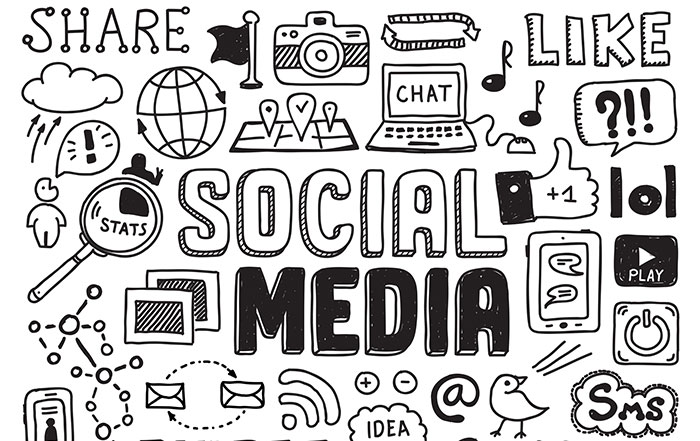
Jun 11, 2018 | Blog, News
Social media image sizes
If you are setting up, or refreshing your social media channels, it’s important to have the right size images. Below are the five main social media channels and the images sizes you need for each one. In this post we cover the main profile images for Facebook, Twitter, Instagram, LinkedIn and Youtube. We will look at post and advertising image sizes in a future post.
Facebook
For your Facebook page, there are two key images you need – a profile picture (the square image below) and a cover image (the rectangle image)
- Profile picture – 180 x 180
- Cover image – 820 x 312

Twitter
For your Twitter profile, there are two key images to update – your profile picture and header photo.
- Profile picture – 400 x 400
- Header photo – 1,500 x 500
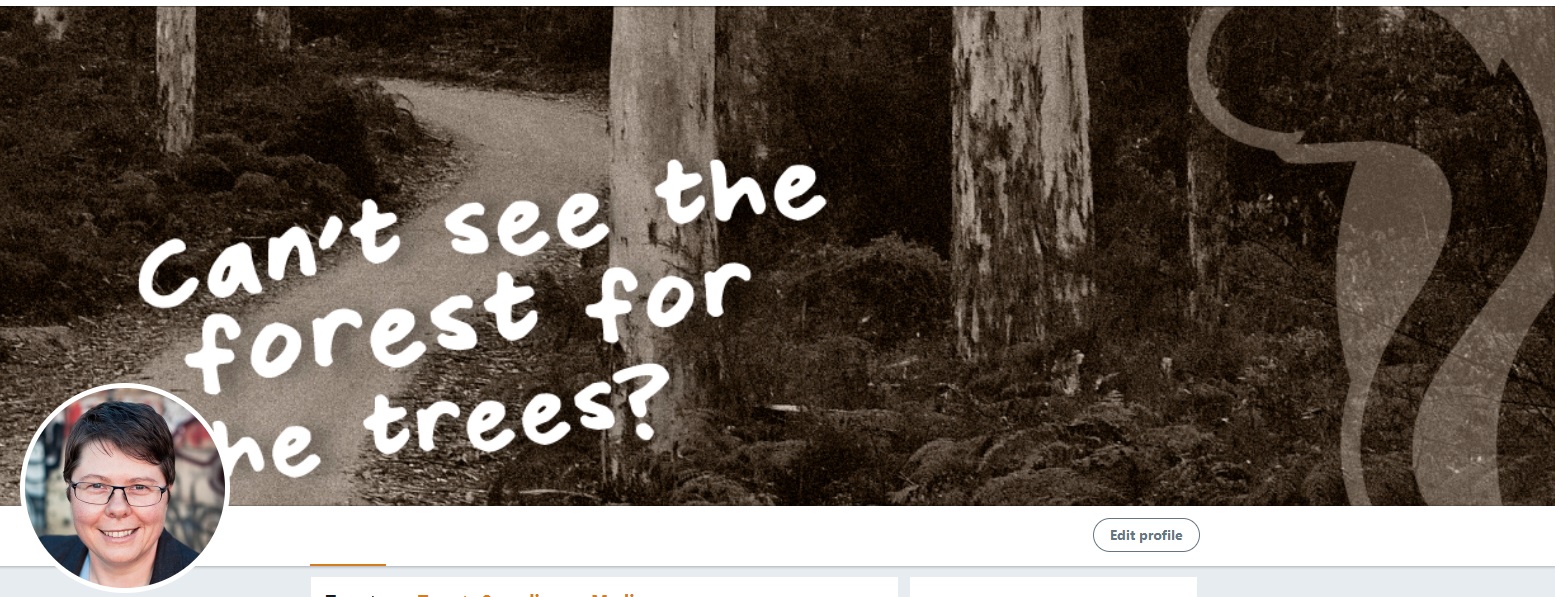
Instagram
With your Instagram profile, there is one image, which is your profile picture. The size you need is 110 x 110. It’s quite small, so make best use of this limited space.
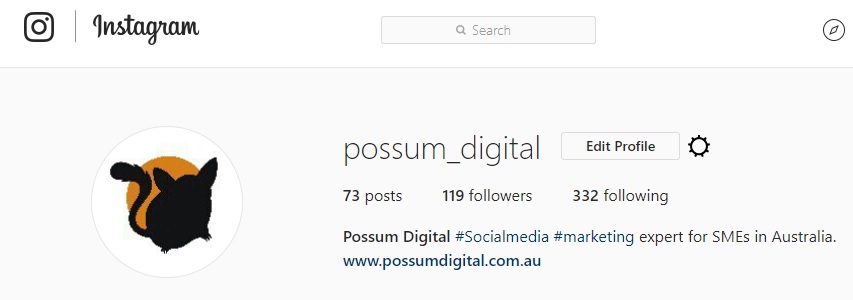
LinkedIn
The LinkedIn platform has gone though many changes, including to the way personal profiles and company pages are displayed.
Sizes for personal profile images
- Personal profile image – 400 x 400
- Personal background image – 1,584 x 396
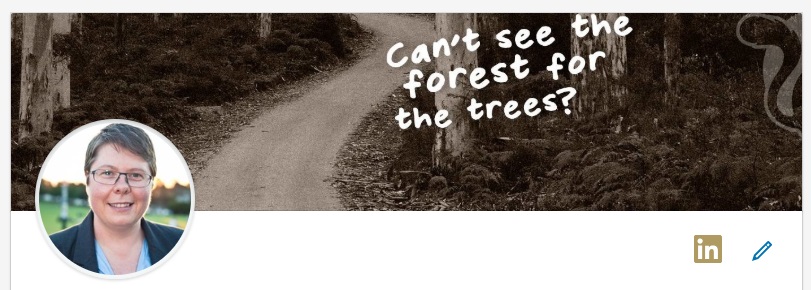
Sizes for LinkedIn company pages
- Company logo image – 300 x 300
- Square logo (shows up when your company is searched) – 60 x 60
- Company cover image – 1,536 x 768
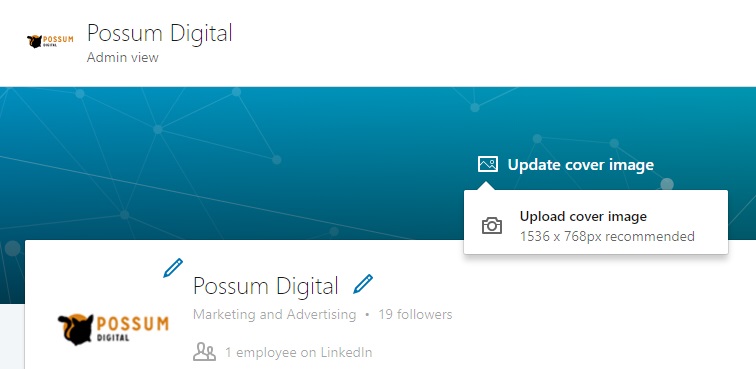
Youtube
If you have a Youtube channel (and if you run a business, and use video, then you should have one), the two images you need are the channel profile image and the channel cover photo.
- Channel profile image – 800 x 800
- Channel cover image – 2,560 x 1,440


May 14, 2018 | Blog, News
What metrics should I be looking at?
What metrics should I be looking at?
One of the most popular questions I get asked is “So how do I know if social media is working for me?”. The obvious answer is in the increased sales and customers coming your way, but there are other metrics that can help you understand what’s working and what’s not, and how to use them to change up your strategy.
Now a small word of warning to point out here, you do not want end up in analysis paralysis, that is, with so much data that you have no idea what it is telling you, or how to even know what to stick with or change. So, try and use a maximum of 2 to 3 key metrics that are the most relevant to you and measure those at regular intervals (either fortnightly or monthly, which ever you can resource).
Additionally, you will use different metrics based on what your objectives are, and where you are in the marketing funnel.
Let’s look at what data you can use, depending on where you are in your online marketing.
Metrics for awareness
Here, you’ll be using social media channels to grow awareness of your brand, and let prospective clients know that you are available to help them. We also call this the ‘know me’ phase.
Examples of metrics you can use to see how your awareness is increasing:
- Increase (or decrease) in Facebook fans, Twitter followers or Youtube subscribers
- How much traffic you drive to your website from your social media content
- Video views on your Facebook or Youtube videos
Metrics for engagement
Once you start to gain a following, you’ll be looking to engage with them to create a relationship and warmth towards your brand. This is also known as the ‘like me’ phase.
Examples of metrics you can use to see how your engagement is increasing:
- Likes, share and comments on your Facebook posts
- Retweets and replies to your tweets
- Comments on and sharing of your blog content
Metrics for conversion
This, as the name indicates, is where your marketing efforts converts to financial opportunities in the form of sales, whether its repeat business or brand-new customers to you business. This represents dollars in the bank, and an easy way to measure your return on investment (ROI).
But, there are other conversion points you can be measuring. For example, if you are running a campaign where you are building your email database, having someone fill out a form and give you an email address (or even a phone number) is also a conversion.
Define what conversion means for you within a specific circumstance and then measure that.
Over to you
Now that you know what to measure, how will you know if your marketing is adding value to your business?

Jul 23, 2017 | Blog, News
How to use Youtube to grow your website traffic
There are a lot of ways to get people to visit your site even if they haven’t heard of you yet. One way to increase your audience and to drive traffic is through the use of video (if you’re not doing this already). Whether it is just a simple video blog, a how to video or just a product review, the best place to host your video this is Youtube.
Youtube is the second most used search engine in the world, after Google (which actually owns Youtube!). As it’s a free, and relatively easy platform to use, Youtube can help you reach new people, as long as you produce interesting content. Let’s see how to use this powerful video website to grow your website traffic:
- Add call to action. Once someone has watched your video, you want them to do something else. This is where having a strong call to action comes in. It can be something as simple as ‘Share this video with you friends’ or even ‘Click on the website below to find out more’. If you do use a call to action that involves taking your subscribers to your website, make sure the landing page is consistent with the messaging in the video, that way you keep your audience engaged.
- Make the most effective use of your video metadata. It is the underlying description about your video, so make sure to write the title and description for every video you post and include keywords that are appropriate on the video. Think about how your audience will be searching for the content you are creating, and develop your descriptions around these.
- Use Playlists. To achieve a higher visibility on the content of your channel, having a playlist is critical. Playlists organise your videos into groups based on the topic you have created. But always take note of having a description and keyword for your playlists, in addition to having them for each individual video. By doing this, the videos you have uploaded will drive traffic if you have a keyword rich descriptions in every group of videos you have.
Youtube is the bomb for getting brands noticed. If you’re still having some troubles driving more traffic in your website, consider using Youtube. But you have to remember that your goal is to build a community of followers so don’t forget that the most important factor to consider is creating a relevant content and valuable videos to attract the right viewers. Using Youtube is one of the great ways to drive traffic to your website just be sure that you set up your videos properly.
If you want help getting more out of your social media marketing, please download our free step by step guide today!











